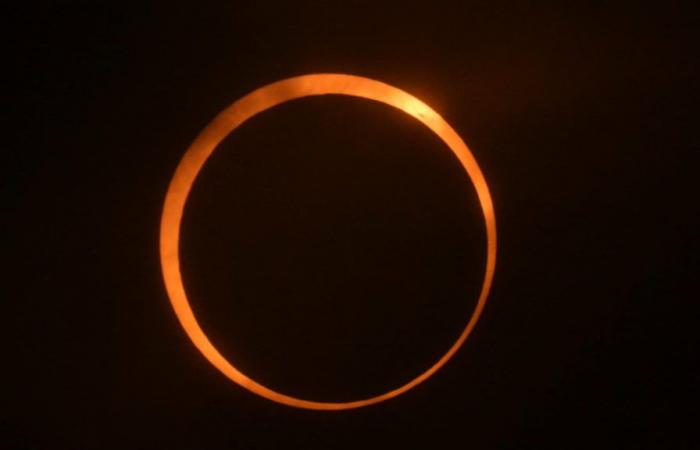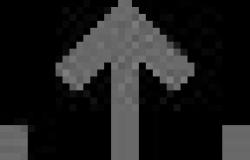The eclipse began this Wednesday, October 2 in the north of the Pacific then from West to East, before “passing” through several islands and archipelagos, then crossing Chilean Patagonia, the Andes Cordillera, Argentine Patagonia, to finish in the South Atlantic.
Part of the southern hemisphere witnessed an annular eclipse of the sun this Wednesday, October 2, but with the splendor of the “ring of fire” perfectly visible to few people, in the semi-desert Chilean and Argentine Patagonia. .
The southern tip of the continent and the (Chilean) Easter Island had the privilege of fully seeing the phenomenon, which began in the North Pacific and ended in the South Atlantic. But several South American countries and Pacific islands have been able to partially observe it.
“It was impressive, wonderful. Like a little twilight,” enthused Ninoska Huki, 55, from Easter Island with 7,000 inhabitants, 3,500 kilometers from the Chilean coast, among the first to be able to observe the eclipse. ring at local midday, with the “Moai” statues in the background.

At the time of the ring of fire, “there was a lot of wind, which also contributed to the reflection, and at a sublime moment when we were calm watching the eclipse. A magnificent twilight”, mused Ninoska Huki.

Far on the other side of the Andes mountain range, in Argentine Patagonia, in Puerto San Julian, a small seaside resort 2,100 km from Buenos Aires, a few hundred duly covered people braved the cold and wind to watch the moon nibble away at the sun. around 5:25 p.m. local time.
The next eclipse in March
Small telescopes, special eclipse glasses or… welding masks, the amateur astronomers, often locals coming with family, but sometimes enthusiasts arriving from far away, enjoyed the phenomenon as much as the atmosphere of the place, at the end of the continent .
“I had seen a total eclipse, I was impressed, and from there I started following all the eclipses I could in Argentina,” commented Julio Fernandez, a 58-year-old retiree from Cordoba, at 2,200 kilometers. “But here it’s special because it’s far south.”
“I’ve seen three total solar eclipses before, but this was my first ‘annular’. I came from Buffalo (northeast United States) just for this. And it was spectacular!” marveled Susan Patkin, 66.
Wednesday’s eclipse, specifies the French Institute of Celestial Mechanics and Ephemeris Calculation (Imcce) is the 18th annular solar eclipse of the 21st century, and the second eclipse of 2024 after the total eclipse of April.
The next partial solar eclipse will take place on March 29, 2025, visible mainly from western North America, Europe and northwest Africa.






